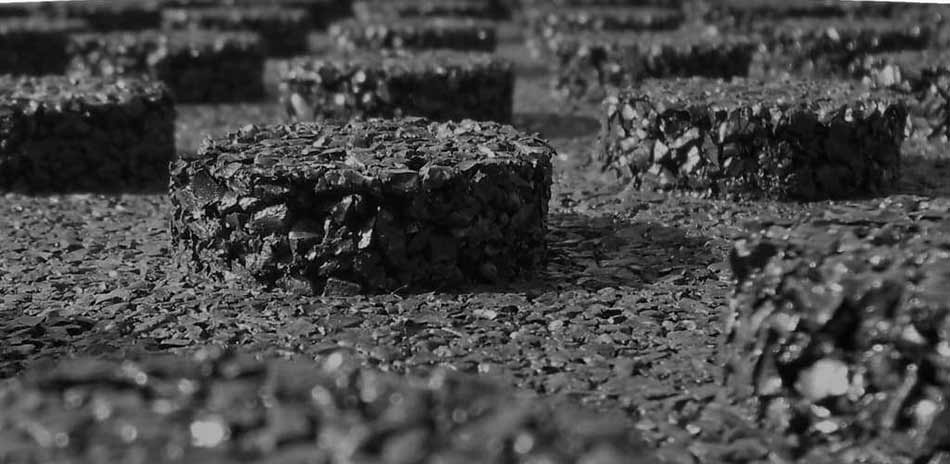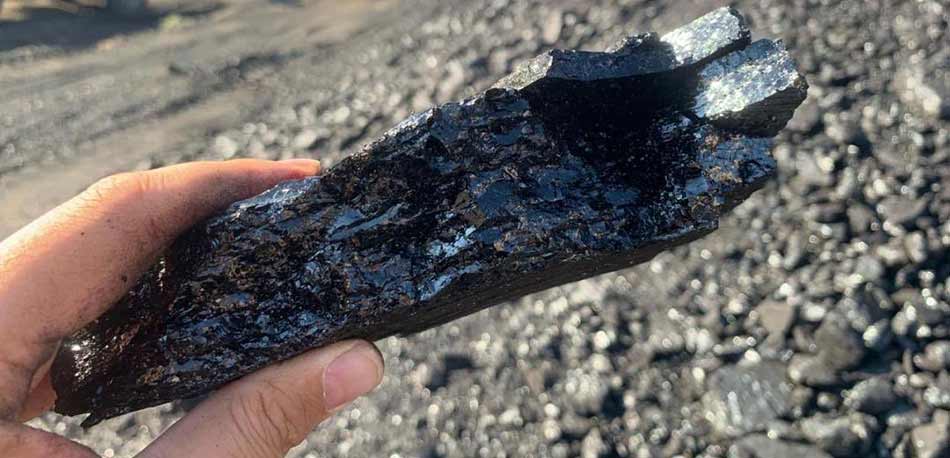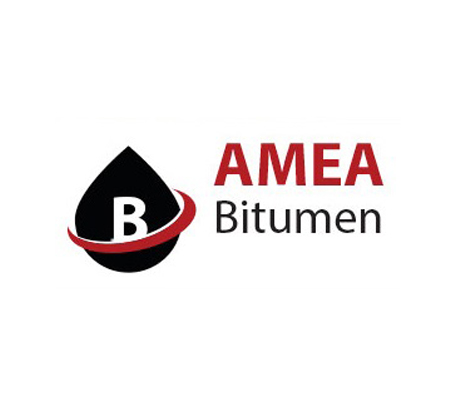In this article, as in previous, an attempt has been made to provide some general information about the main topic. What we are focusing on in this article is gilsonite formed. Next, by entering the main details and examining the Gilsonite formula, we will also scrutinize the gilsonite chemical formula. So join us for more information.
First and foremost, we examine the following query:
The Gilsonite formula
Gilsonite was originated millennia ago by a rare geologic occurrence that culminated in a primitive deposit accumulating at the time to cover vast surface fractures, subsequently hardening into the pure resinous rock that is mined today. Nowadays Gilsonite uintaite is hand-mined utilising hydraulic jack hammers in subterranean shafts. Thus gilsonite was formed.
The base fluid is an important component of drilling fluid. Drilling fluids can be aqueous, hydrocarbon-based, synthetic-based, or emulsions such oil-in-water or water-in-oil (“invert”) emulsions. Drilling fluids that are aqueous based, or water based, are often utilised in the industry and have a cost advantage over oil-based drilling fluids. They’re also thought to be better for the environment. Drilling with aqueous-based fluids, on the other hand, might be troublesome in some formations due to hydration and swelling of water-absorbing rock and clay, resulting in well bore instability. The use of an oil-based drilling fluid can help to reduce hydration and instability.
How Gilsonite formed?
Gilsonite arteries can be found in the Uinta Basin’s Tertiary sedimentary strata (approximately 57 to 36 million years old). The Wasatch, Green River, Uinta, and Duchesne River Formations are the oldest to youngest of such formations.
Gilsonite was originally mined in 1868, when a smith asked neighbouring Native Americans to help him gather coal for his forge. They (erroneously) gave him gilsonite, which allegedly melted, went up in flames, spilled out of the forge, and nearly burned down the blacksmith shop. Many new immigrants in the area were drawn to the odd material, and they laid claims on the veins even before it was obvious what it was or how it may be used.
Bert Seaboldt and Samuel Gilson, two early prospectors, experimented with gilsonite, identified uses for it, and received funding for its development. Because of Gilson’s passion and promotional skills, the newfound substance was named after him.
The first exports of gilsonite from veins in the western half of the gilsonite area began in 1888. The gilsonite was transported by waggon from Myton to Wellington, 60 miles south. Exploration, mining property consolidation, negotiation and confrontation with Native Americans and government agencies, and lobbying in the United States Congress for revisions to Native American Reservation boundaries characterised the early stages of development.
The Gilson Asphaltum Company (forerunner of the American Gilsonite Company) held the majority of the gilsonite resource by 1903, including massive veins discovered in the basin’s eastern half. Gilson Asphaltum built the now-defunct Uintah Railway from the eastern section of the field (near Rainbow, Utah) to the Denver area in 1904.
The American Gilsonite Company and its predecessors have long faced competition from small independent businesses. G.S. Ziegler and Company, a gilsonite customer, bought and operated several of the tiny independents between 1952 and 1962, and changed its name to the Ziegler Chemical & Mineral Association. They’ve had a facility and office in Little Bonanza for a lengthy moment, and they’ve been a major gilsonite supplier for almost 40 years.
The in-place gilsonite production was originally expected to be 45 million tonnes. Since 1907, gilsonite production has consistently been between 20,000 and 60,000 tonnes per year, with a peak of 470,000 tonnes per year in 1961, when the American Gilsonite Company’s refinery was operational. Furthermore, due to geology and engineering issues, some of the remaining in-place resource cannot be exploited. In 1980, an American Gilsonite employee calculated that the basin still had roughly 5 million tones of mineable reserves. The possibility for new veins to be discovered, as well as increased resource estimates for tiny, known veins, might boost gilsonite resource values in the basin.
Gilsonite mining is labour intensive except to the peculiar form of occurrence in narrow, deep, vertical veins; and the explosive risks associated with gilsonite dust. Surface trenching was used at first, but all current work has been done underground, with large-diameter shafts sunk following the veins. Miners carefully break the gilsonite with air-powered chipping hammers to avoid contaminating the ore with broken wall rock. Customers place a premium on product purity.
The fractured metal rolls down a steep slope to the end of the subterranean excavated region, where it is pneumatically delivered to the surface via a vacuum tube. Explosives are utilised on rare occasions. Bulldozers, a tiny tunnel-boring machine, and water-jet cutters mounted on mine cars and surface drill rig bits have all been utilised by Gilsonite businesses in the past. The American Gilsonite Company is currently evaluating a continuous mining machine powered by compressed air and equipped with a rotating mechanical headstock.
We were able to give you with important and interesting information on the first onset of this organic material, as we mentioned in the beginning of the essay, in addition to the Gilsonite formulation and how it was made. Finally, we appreciate your time and consideration in our contents.
Finally, as a wrap-up, we’ll go over and answer a few common questions:
What is the origin of Gilsonite?
It must have been developed centuries ago by a peculiar volcanic incident which resulted in a proto-petroleum deposit forming at the time to plug massive surface fractures.
Where else can i discover Gilsonite?
Gilsonite comes discovered as vertically veins or cracks beneath the earth’s surface that are typically two to six feet wide, but it can be upwards to 28 feet wide.
What is the Gilsonite formula?
The gilsonite chemical formula is C28H16Cl8O8.






